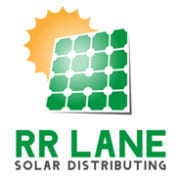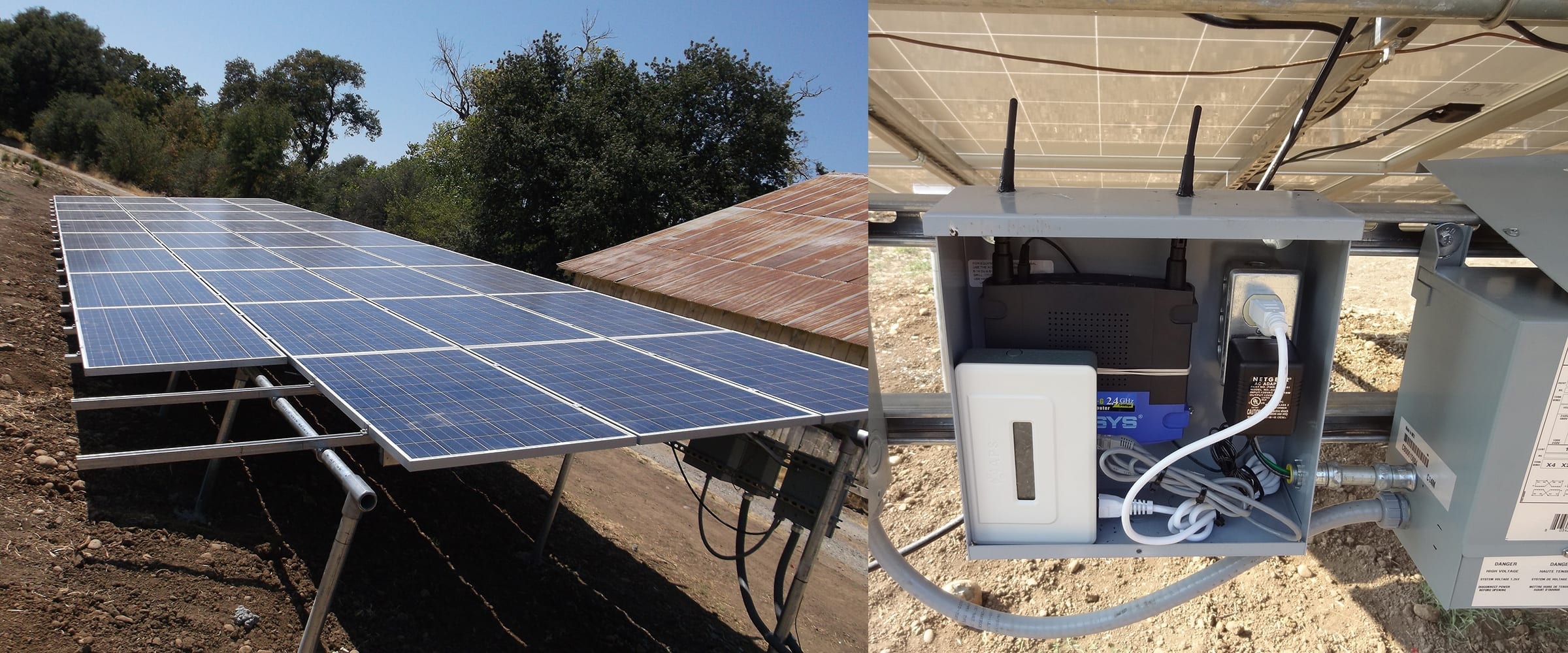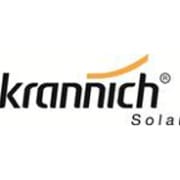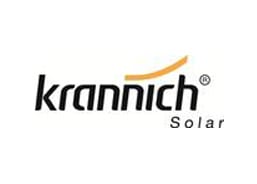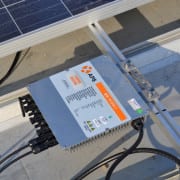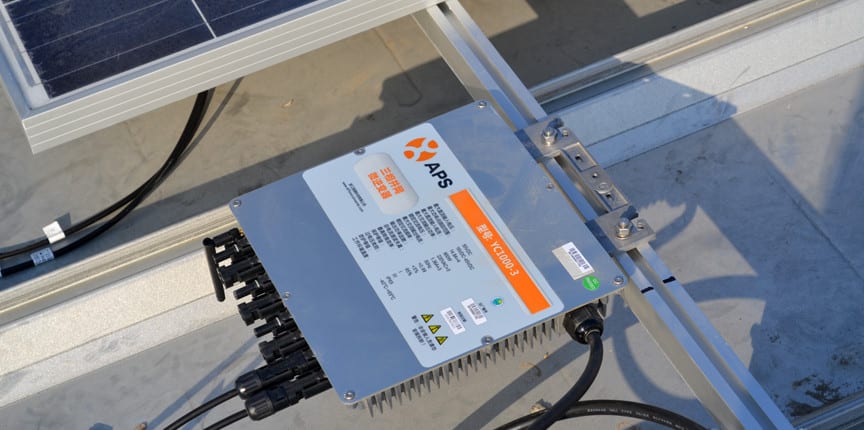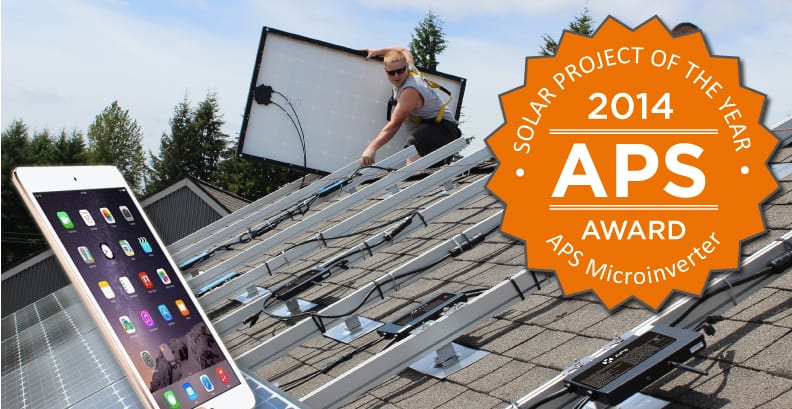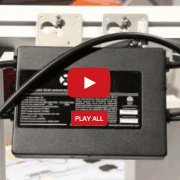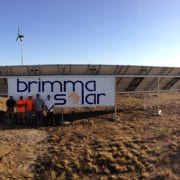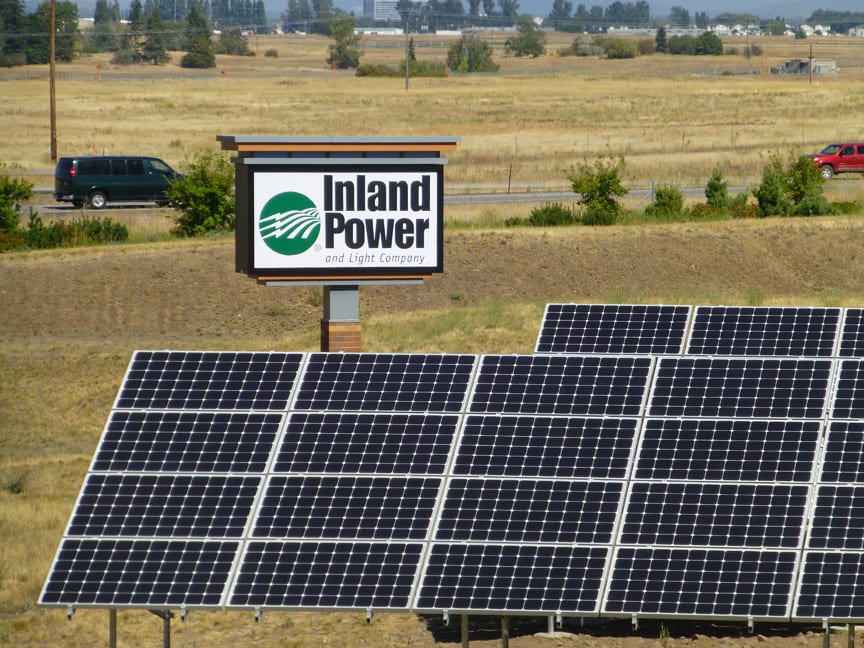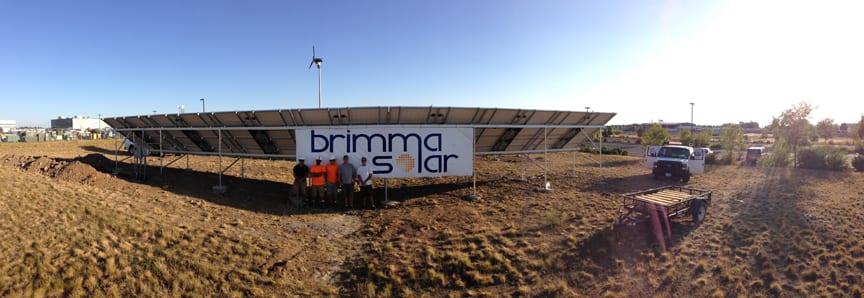APS Residential Project of the Year AWARD WINNER: RR Lane Solar Distributing, Bauer installation, Los Molinos, Calif.
Designing a PV system to meet both residential and agricultural needs required a microinverter solution with flexibility and power.
The challenge was compounded by the distance between the solar array and the monitoring devices in the home. Only a system with robust wireless capabilities would suffice.
When other microinverter systems failed, a resourceful installer contacted Rich Varlinsky, owner of Chico, Calif.-based RR Lane Solar Distributing, to see if a solution could be engineered. Rich proposed the APS microinverter solution to complete the Bauer PV system in Los Molinos, Calif.
For their creative application of APS microinverter technology in this demanding setting, RR Lane Solar Distributing has earned the APS Project of the Year Award for residential applications.
“RR Lane Solar really put our microinverters and monitoring solutions to the test, and they succeeded where competitors just couldn’t get the job done,” said Paul Barlock, APS Senior Vice President. “One of the hallmarks of APS technology is its flexibility and functionality in all environments, and RR Lane proved it.”
The Bauer system includes three dozen 255-watt modules in a ground-mount array, to serve both the residence and a 3-phase (delta-wye) agricultural pump system. The system was designed with microinverters from a name brand, but once completed could not be made to function.
There were several challenges to overcome. The agricultural pump required the output from 10 modules, but the name-brand microinverters would not support the delta-wye power system without additional transformers – an expensive add-on that the customer did not want to pay for.
The second problem involved wireless communication and monitoring. The array was located 300 feet from the household’s internet source, and the signal had to travel through four walls of the residence. The existing wireless hotspot only had a range of about 40 feet and needed to monitor two communication units at intermittent intervals, as it would not be on continuously.
After a month of fruitless troubleshooting, the installer turned to APS YC500 microinverters for power and the APS Energy Communication Unit for monitoring.
The YC500 microinverters did not require additional transformers to support the delta-wye configuration, and once the APS units were installed, the system performed flawlessly.
The wireless communication challenges were resolved with two inexpensive routers – one for the residence, and one mounted alongside the array and the APS ECU at the agricultural pump site. The second router was redesigned to extend its range and bandwidth, and to negate line-of-sight issues.
This new configuration easily covered the 300-foot distance from the array to the home, and transmitted module performance data even through the stucco walls.
“To our knowledge, this is the first time this particular router, the ECU and a hotspot have been used for a solar array. The design was challenging due to the distance and other factors, but was ultimately successful,” Varlinsky said. “The customer was very pleased, as his cost did not increase and he could monitor the system using his hotspot.”
Varlinsky said the APS solution provided many advantages over the competition. The most important was the microinverters’ ability to function in a delta-wye system without transformers, bringing significant savings and simplifying the installation.
Also, the APS ECU could be programmed with inverter serial numbers and did not depend on line communication for identification. The changes made to the router increased its transmit power and diminished data packet loss. The routers were programmed to constantly check for the hotspot and connect automatically when it was activated.
“The use of APS products saved the customer several thousand dollars in this installation, and gave them flawless ECU communication even with a consumer-grade hotspot,” Varlinsky said.
For information on the RR Lane Solar Distributing, email rich@rrlanesolar.us.

